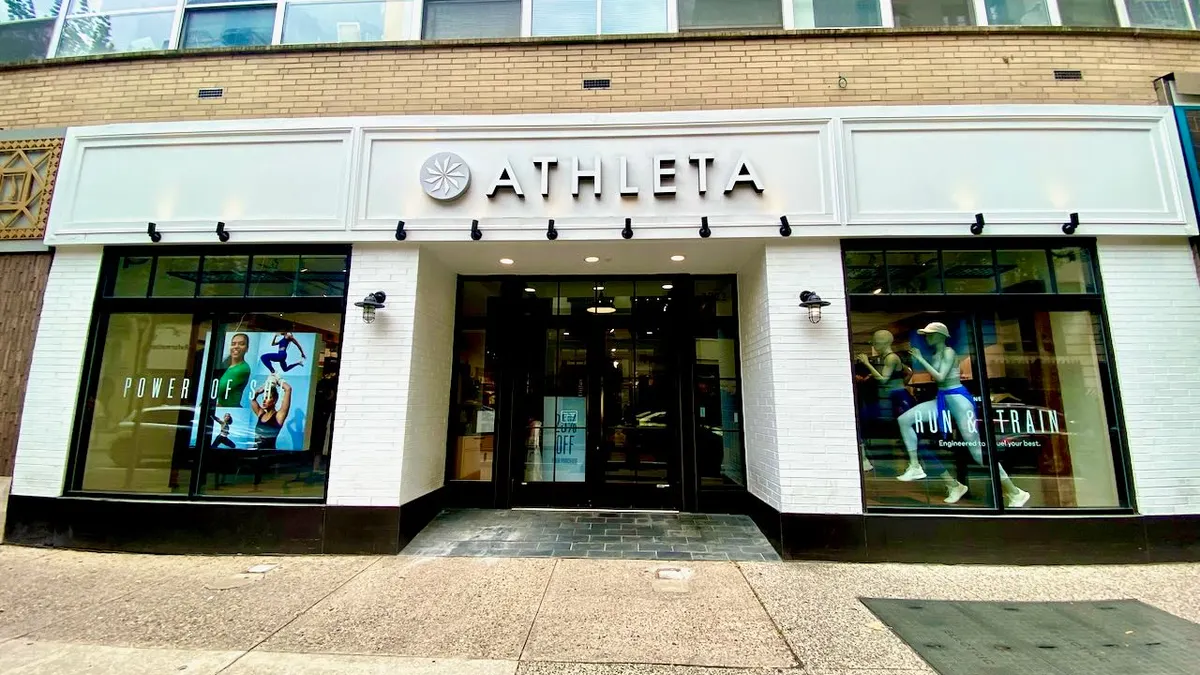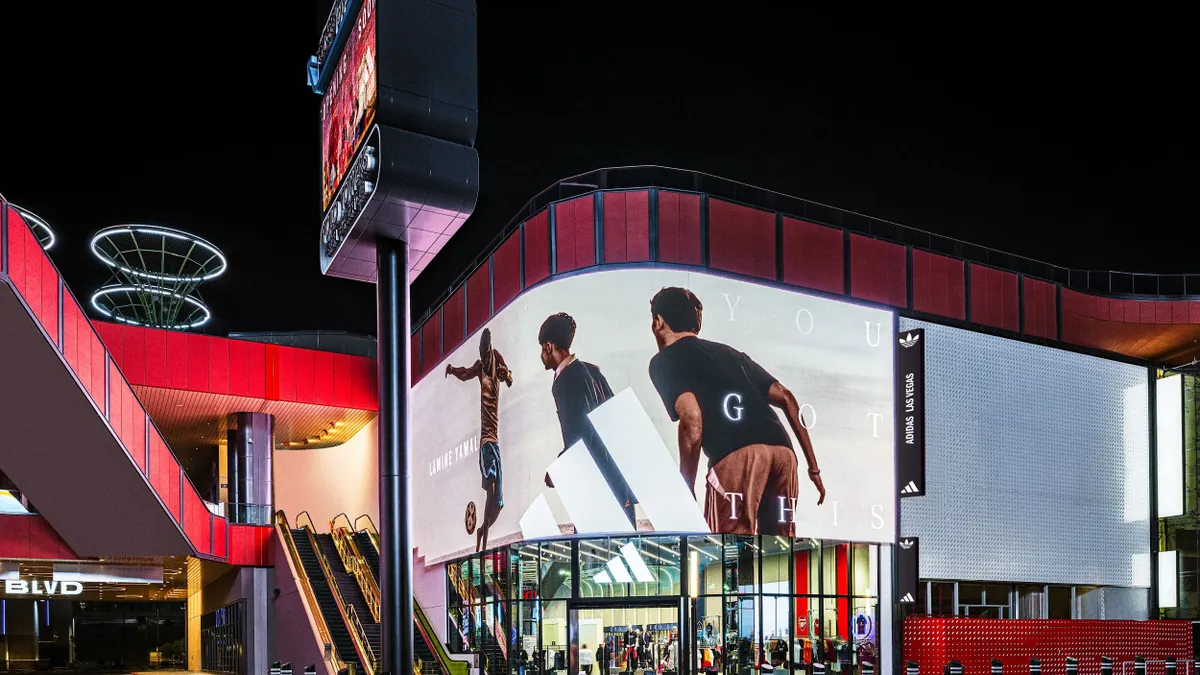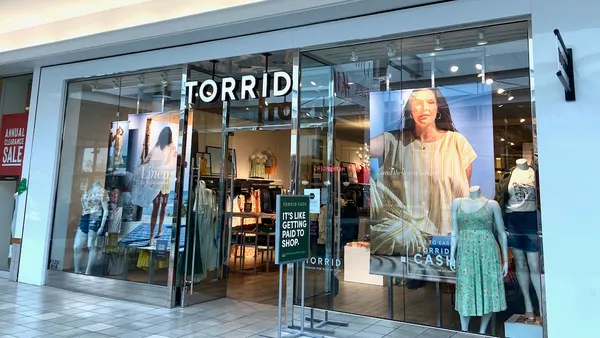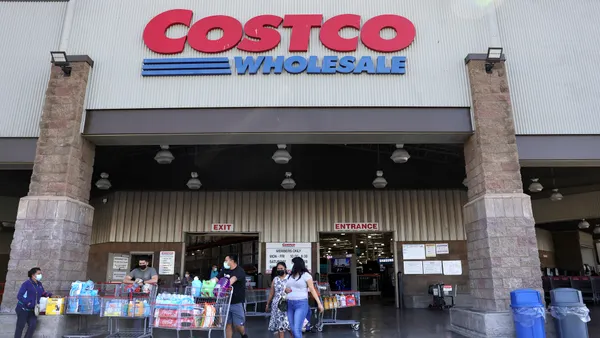Dive Brief:
-
Tariffs could add $250 million to $300 million to Gap Inc.’s gross incremental cost this year, ultimately siphoning $100 million to $150 million from fiscal year operating income after mitigation efforts, the company warned Thursday.
-
The levies threaten the momentum at the retailer, whose Old Navy and namesake brands posted further year-on-year sales and market share gains in Q1. Old Navy net sales rose 3% to $2 billion, with comps up 3%. Gap net sales rose 5% to $724 million, with comps up 5%.
-
Results were mixed at the others. The company said it is encouraged by Banana Republic’s performance, where net sales fell 3% to $428 million and comps were flat. But Athleta’s recovery is dragging, as net sales fell 6% to $308 million and comps plunged 8%.
Dive Insight:
U.S. trade policy is doing Gap Inc. no favors, though for now the apparel conglomerate’s brands won’t adjust their pricing policies, executives told analysts Thursday.
Uncertainty prevails. A federal court this week blocked several Trump administration tariffs imposed under emergency declarations, then they were at least temporarily restored Thursday when an appeals court stayed that injunction. The added challenge comes amid progress around pricing at Old Navy, Gap and Banana Republic, with greater pricing power at Gap and “strong sell through at full price” at Zac Posen’s GapStudio, according to CEO Richard Dickson.
“We're going to continue watching trade developments, the consumer — as we do very closely — and the competition closely,” he said. “But at this particular time, we're approaching our pricing strategy as we always do.”
Retailers are grappling with whether to push tariff costs onto customers and how to communicate that if they do. Weeks after telling investors that it would hold the line on prices, Walmart CEO Doug McMillon said some prices would inevitably rise because, “we aren’t able to absorb all the pressure.”
Overall in Q1, Gap Inc. net sales rose 2.2% year over year to $3.5 billion and comps rose 2%. Brick-and-mortar sales were flat and e-commerce (nearly 40% of net sales) rose 6%. Gross margin expanded by 60 basis points to 41.8%, merchandise margin was flat and operating margin reached 7.5%, with operating income of $260 million. Net income rose more than 22% to $193 million.
The company expects to trim $150 million from its expense line via cost savings and efficiencies this year, a portion of which it plans to reinvest into growth projects, Chief Financial Officer Katrina O'Connell told analysts.
Several analysts expressed wariness around how tariffs could undermine Gap Inc.’s performance in the second half of the year, and the stock took a beating following the earnings call Thursday. But the cautionary note from executives is “an honest reflection of the harm the policy could do to costs,” GlobalData Managing Director Neil Saunders said in emailed comments.
“As it is something that is largely outside of Gap’s control, we do not think it reflects badly on the recovery program,” he said. “Indeed, absorbing some of the costs rather than pushing up prices and losing customers is the right thing to do and is a strategy other players, like Abercrombie & Fitch, are also using. Overall, Gap is on a good trajectory. There is a lot more work to do to keep on track over the year ahead, but management has made the kind of progress that has been lacking for a long time.”















